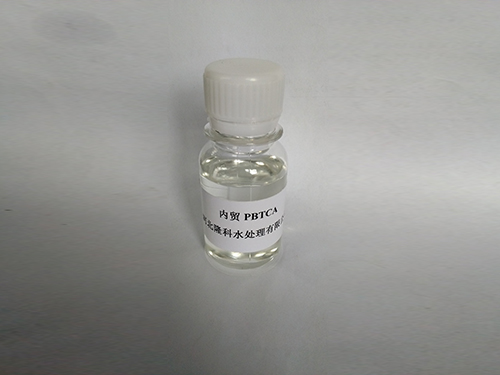coagulants and flocculants
Understanding Coagulants and Flocculants in Water Treatment
Water treatment is a critical process in ensuring that our water supply is clean, safe, and free from contaminants. One of the essential aspects of this process involves the use of coagulants and flocculants. These chemical agents play a pivotal role in removing suspended solids and impurities from water, ultimately leading to clearer and safer drinking water.
Coagulants are substances that promote the aggregation of particles in a liquid, causing them to clump together into larger particles, known as flocs. The most commonly used coagulants in water treatment are aluminum sulfate (often referred to as alum), ferric chloride, and polyaluminum chloride. When added to water, coagulants work by neutralizing the electrical charges that keep particles suspended. Once these charges are neutralized, the particles can come together, forming larger aggregates that are easier to remove.
Understanding Coagulants and Flocculants in Water Treatment
Once coagulation has taken place, flocculation follows as the next stage in the water treatment process. Flocculation is the gentle mixing of water to help the smaller flocs formed during coagulation to collide and stick together, creating larger flocs that can be more easily removed. This is achieved through slow mixing, which encourages the growth of these larger aggregates. The flocculation phase is vital because larger flocs settle faster during the sedimentation stage.
coagulants and flocculants

Flocculants are often used in conjunction with coagulants to enhance the flocculation process. These are typically long-chain polymers that help to bridge the gaps between smaller flocs, promoting their aggregation into larger formations. Common flocculants include polyacrylamides and natural polymers like guar gum. Using flocculants can significantly improve the efficiency of sedimentation processes, leading to quicker and more effective water treatment.
The choice of coagulants and flocculants often depends on the specific characteristics of the water being treated. Factors such as pH, temperature, and the nature of the impurities present can influence which chemicals are most effective. Additionally, the dosages of these chemicals must be carefully calibrated to avoid over or under-treatment, as this can lead to suboptimal water quality.
Moreover, environmental concerns have led to increased research into the development of more sustainable coagulants and flocculants. Biodegradable and less toxic options are being explored to minimize the ecological impact of water treatment processes.
In conclusion, the roles of coagulants and flocculants in water treatment are indispensable. By facilitating the removal of suspended particles, these agents contribute immensely to producing clean and safe drinking water. As water treatment technology continues to evolve, the focus on optimizing and innovating these chemical processes will remain crucial in addressing global water quality challenges.
-
lk-319-special-scale-and-corrosion-inhibitor-for-steel-plants-advanced-solutions-for-industrial-water-systemsNewsAug.22,2025
-
flocculant-water-treatment-essential-chemical-solutions-for-purification-processesNewsAug.22,2025
-
isothiazolinones-versatile-microbial-control-agents-for-industrial-and-consumer-applicationsNewsAug.22,2025
-
scale-inhibitor-key-solutions-for-water-system-scale-preventionNewsAug.22,2025
-
organophosphonates-versatile-scale-inhibitors-for-industrial-water-systemsNewsAug.22,2025
-
scale-and-corrosion-inhibitor-essential-chemical-solutions-for-water-system-maintenanceNewsAug.22,2025





